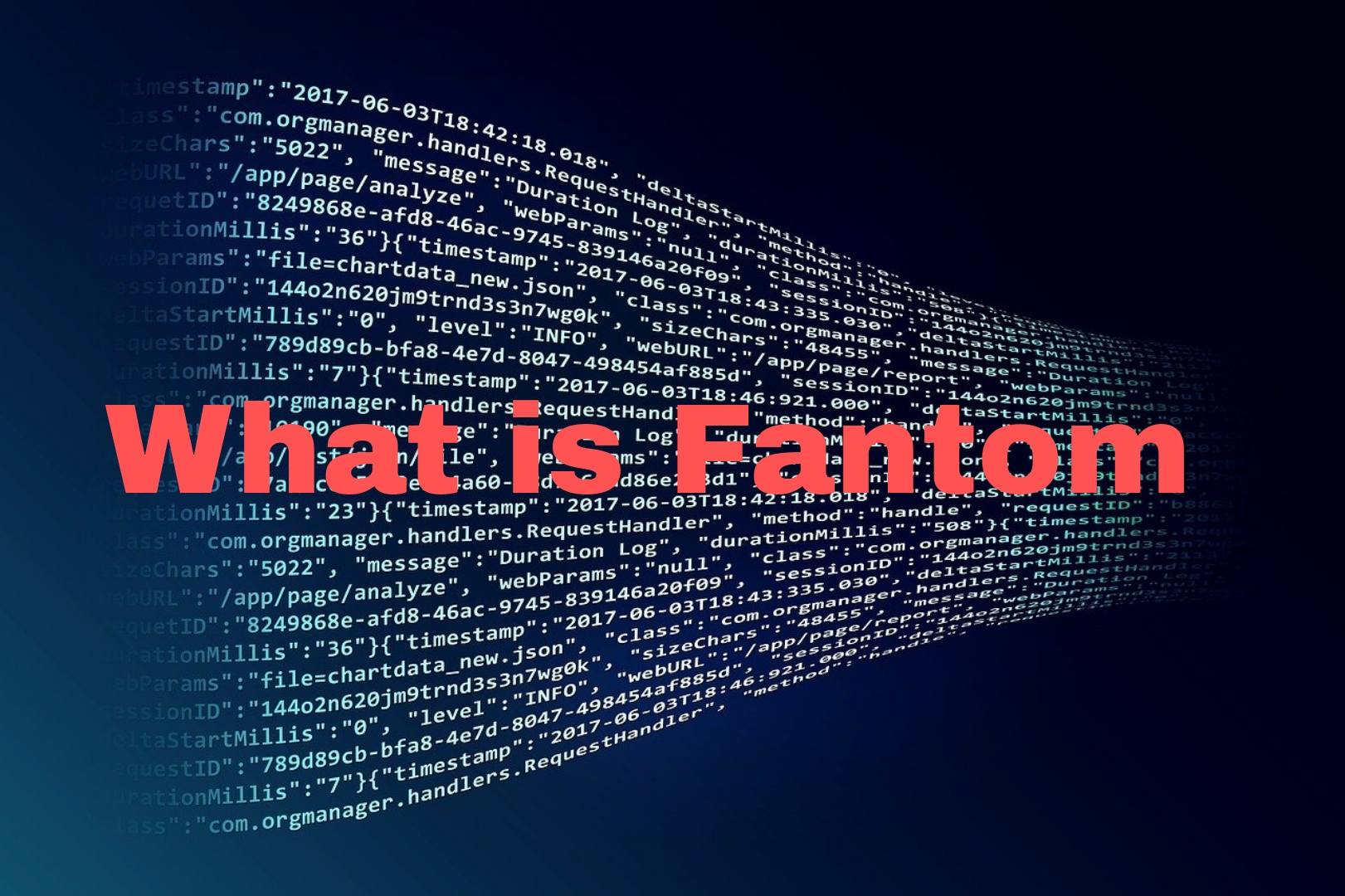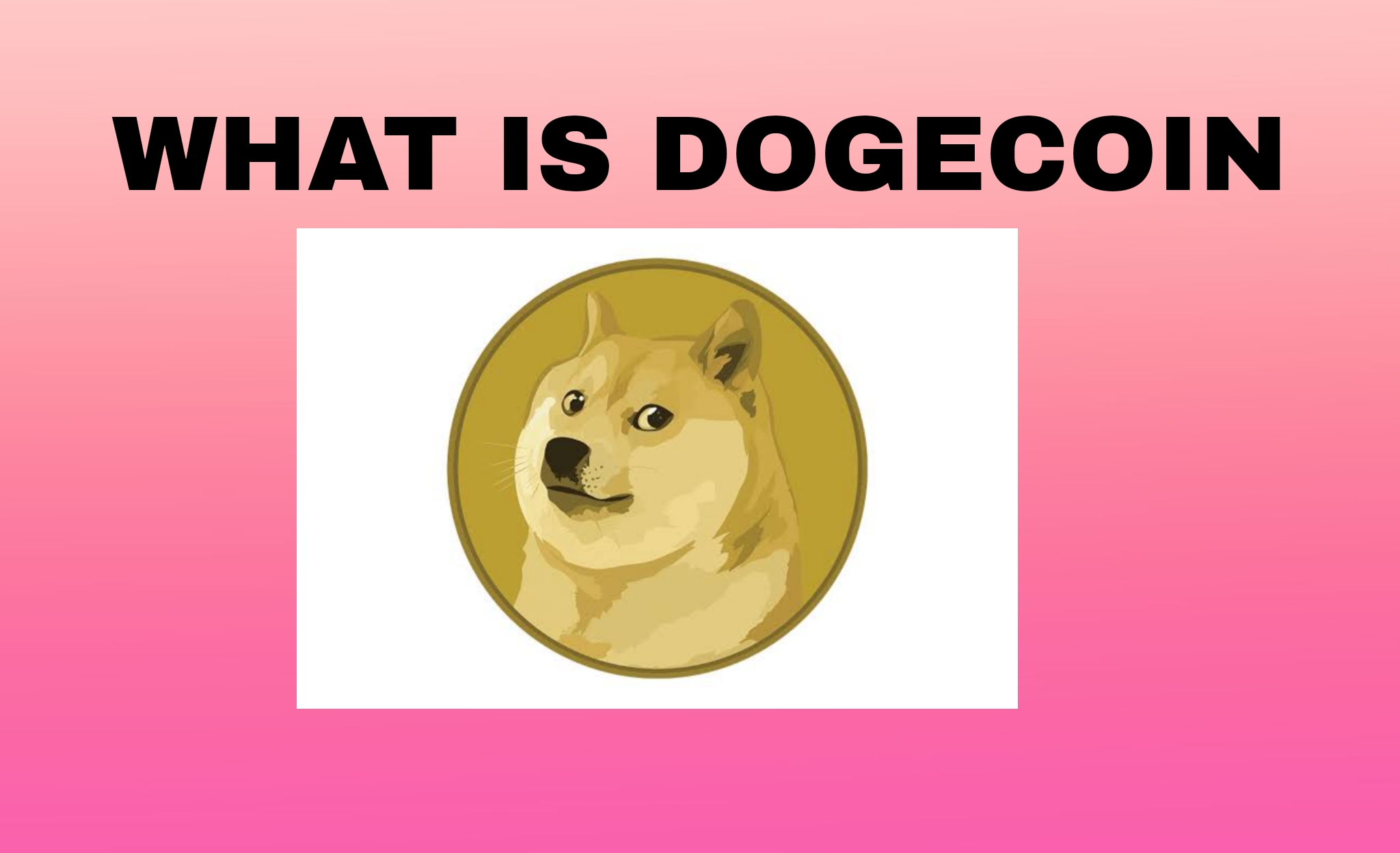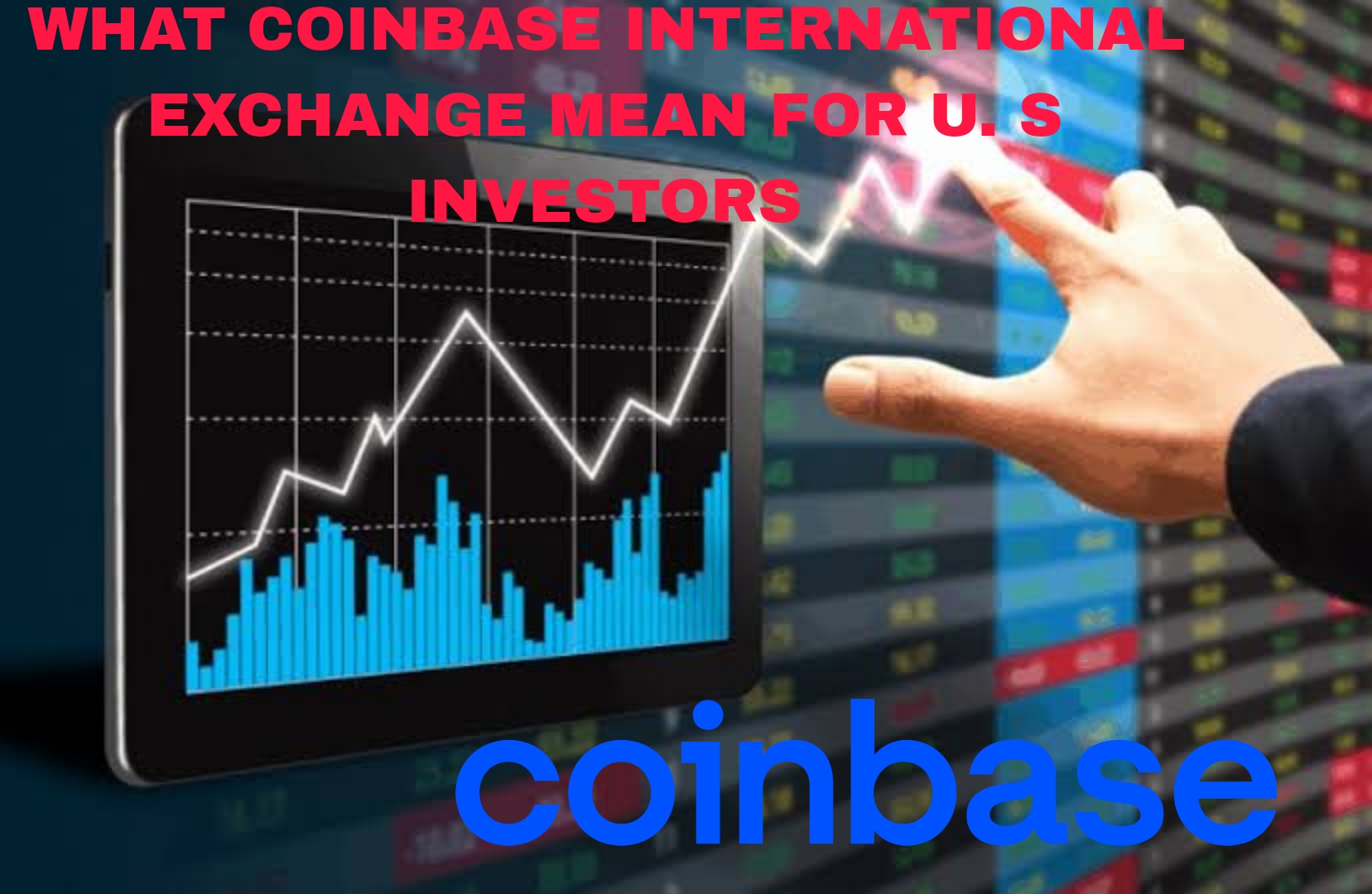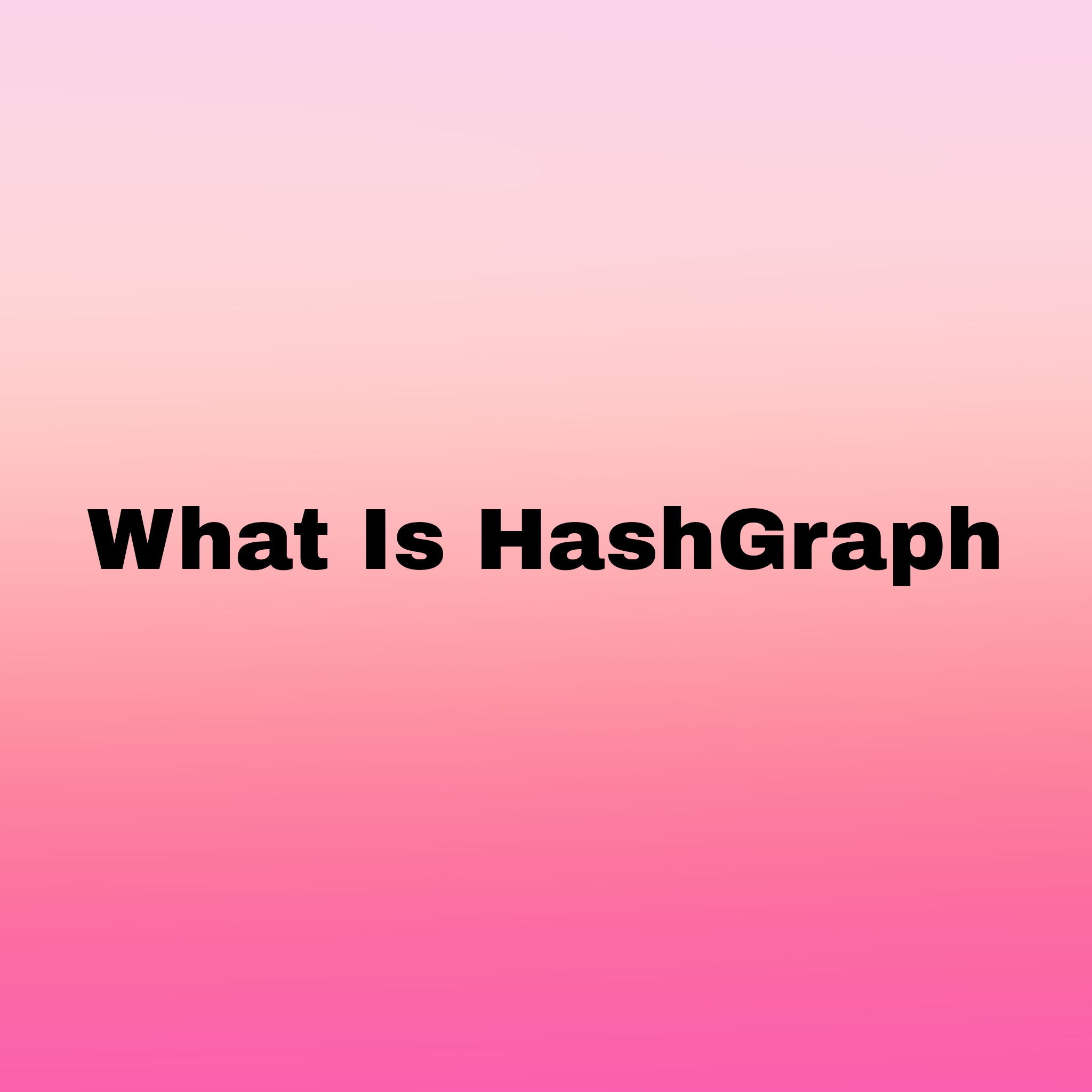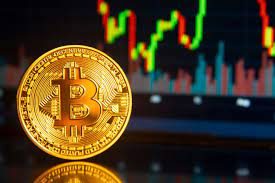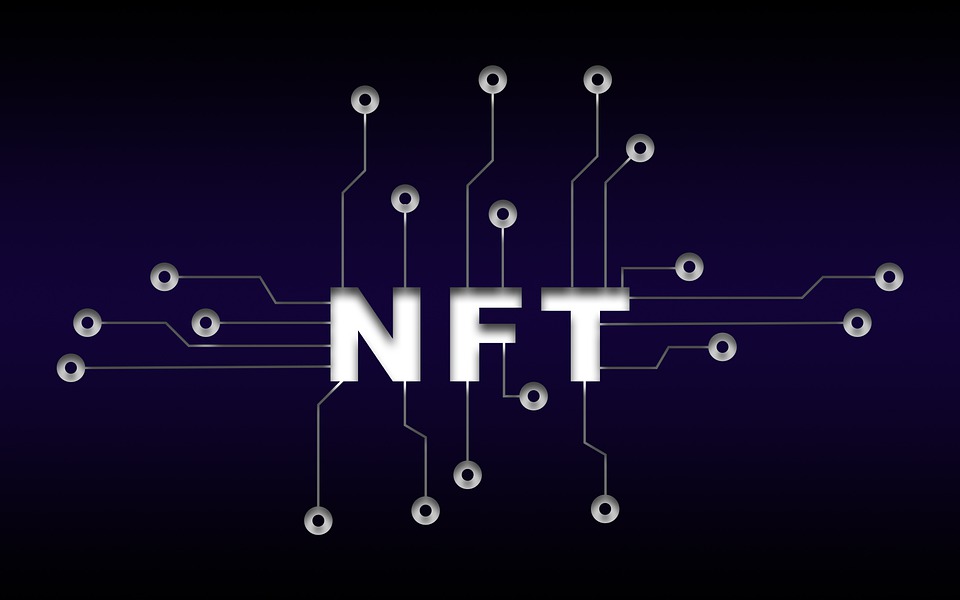
Share this
If you’ve been following the tech news lately, you’ve probably heard of terms like bitcoin, blockchain, and most recently NFT. Stories about multimillion-dollar auctions for digital assets have attracted the attention of artists and collectors. But what is NFT? And how do they work?
Here we explore the basics of non-interchangeable tokens, the technologies underlying them, and their use in everyday life. We will also look at some of the skills and knowledge you will need to take part in them.
What is NFT ?
NFT stands for a non-exchangeable token, which means that it cannot be replaced or exchanged because it has unique properties.
Characteristic –
Digital Asset-NFT is a digital asset representing collectibles on the internet, such as art, music, and games, with an authentic certificate created using blockchain technology, the underlying cryptocurrency.
Unique-it cannot be forged or otherwise manipulated.
Exchange-NFT exchange takes place in cryptocurrencies, such as bitcoin, on specialized sites.
Cryptopunks is a wonderful example of TVN. It allows you to buy, sell and store 10,000 collectibles with proof of ownership.
What is the history of NFT?
The existence of an NFT, that is, an irremovable token, first appeared in May 2014.
The first NFT was created by Kevin McCoy and Anil Das.
It works on a principle based on the Ethereum blockchain technology.
How does NFT differ from cryptocurrency?
NFT stands for a non-replaceable token. It is usually built using the same type of programming as a cryptocurrency, for example, bitcoin or Ethereum, but the similarity ends there.
Physical money and cryptocurrencies are “interchangeable,” which means they can be exchanged or exchanged for each other. They are also equal in value – one dollar is always worth another dollar; one bitcoin is always equal to another bitcoin. The interchangeability of cryptography makes it a reliable way to make transactions in the blockchain.
NFTs are different. Each has a digital signature that makes it impossible to exchange NFT or equality between them (hence not interchangeable). For example, a clip with an NBA top shot has no analogues in everyday life just because they are both NFT. (By the way, a Top Shot NBA clip isn’t even necessarily equal to another Top Shot NBA clip.)
Why do NFT have value?
As we mentioned earlier, an irremovable token is, in fact, a certificate of ownership of a digital asset. The cost depends on the collection of this asset, as well as on its potential value for future sale. NFT can be sold and exchanged.
Again, the use of art is a prime example of the value of NFT. In February 2021, digital artist Beeple sold NFT to his artwork Everyday – The First 5000 Days worth an amazing 69.3 million dollars through Christie’s auction house.
Examples of NFT sales
It’s not just NFT art that sells well. There have been some notable NFT sales over the past few months, although this has raised some speculation that there is a bubble in the market right now (more on that later).
Here are some examples of NFT sales ::
The first tweet. Jack Dorsey, founder of Twitter, Sold NFT for His First Tweet for $2.9 million
GIF file “nanny chat”. The NFT GIF colorful sold 300 Ether (crypto-monnaie), worth about 561,000 at that time.
Video “Charlie Bit Me”. A popular video of a child biting his brother’s finger has been viewed more than 800 million times on YouTube. The TVN in the video was sold for about 500,000 pounds.
How do NFTs work?
NFTs are mostly part of blockchain networks. Most of them are part of the Refugee block network. Yes, before you ask, Ethereum is a cryptocurrency, but the blockchain network that supports these ETH coins is known as the Ehtereum blockchain network.
Besides Ethereum, other blockchains such as Flow and Tezos also support NFT. NFTs allow you to assign or claim ownership of any unique digital data, and anyone can explore the blockchain, which acts as a public ledger to track and verify ownership of NFTs. Despite this, it is possible that the individual or legal entity owning TVN will remain anonymous.
There are many things that could be symbolized in NFT. TVN can present digital art in the form of images, GIFs, music, videos and other collectibles. It can also represent real-world elements such as legal documents, signatures, invoices, tickets to real-world events, or even car actions. Even articles in the New York Times can be sold as NFT (surprised many?).
Each TVN can have only one owner at a time. These irremovable tokens are minted through smart contracts that assign ownership to TVN. They even manage the transfer of ownership of the NFT.
Special properties of NFT (wait…. now they look strangely like trading cards)
Each TVN has a unique identifier. If the TVN gets into the Ethereum blockchain, the unique identifier is directly linked to the Ethereum address.
One TVN will not be directly interchangeable with other 1:1 tokens. for example, 1 bitcoin is exactly the same as another bitcoin. This is not the case with NFT. That’s where the whole concept of irremovability comes into play.
Each TVN has an owner. The TVN property can be tracked and checked fairly easily.
NFT in India
Speaking about the popularity of TVN in India, it is gradually attracting the attention of Indians. For example, Indian citizen Vignesh Sundaresan heads a company related to blockchain technology and bought a painting by digital artist Michael Winkleman for 69.3 million dollars. It is also reported that film actor Amitabh Bachchan is ready to launch NFTs.
It was said that posters with Amitabh’s autograph will be included in his TV channel. In addition, actor Salman Khan, cricketer Dinesh Kartik also took the initiative to engage in NFT. There is also news that the first company to introduce NFT to the public in India will become a cryptocurrency exchange.
Why Are Non – Interchangeable Tokens Becoming Popular ?
NFTs have actually existed since 2015, but now they are being revived thanks to several factors. First, and perhaps most obviously, is the standardization and stimulation of the underlying cryptocurrencies and blockchain structures. In addition to the technology itself, there is a combination of fandom, royalty economics, and scarcity laws. All consumers want to take advantage of the opportunity to own unique digital content and potentially own it as a type of investment.
When someone buys an irremovable token, they acquire ownership of the content, but they can still penetrate the Internet. Thus, TVN can gain popularity — the more it is viewed on the Internet, the more it acquires value. When an asset is sold, the original creator receives a 10% discount, while the platform receives a small percentage, and the current owner receives the rest of this income. Thus, there is the potential to generate a steady income from popular digital assets as they are bought and sold over time.
Authenticity is the name of the game with NFTS. Digital collectibles contain distinctive information that sets them apart from any other TVN and is easily verified using the blockchain. Creating and distributing fake collectibles doesn’t work because each item can be traced back to the original creator or issuer. And unlike cryptocurrencies, they cannot be traded directly with each other (for example, baseball cards in real life), because no two are exactly the same.
How to buy NFT
If you want to create your own NFT collection, you will need to purchase some key items:
First, you will need to get a digital wallet that will allow you to store NFT and cryptocurrencies. You will probably have to buy a cryptocurrency, such as ether, depending on which currencies your NFT provider accepts. Now you can buy cryptocurrencies with a credit card on platforms such as Coinbase, Kraken, eToro and even PayPal and Robinhood. Then you can move it from the exchange to the wallet of your choice.
You should keep costs in mind when looking for options. Most exchanges charge at least one percent of your transaction when buying cryptocurrencies.
Popular NFT Markets
Once your portfolio is set up and funded, there is no shortage of NFT shopping sites. Currently, the largest NFT markets are:
• OpenSea.io : this peer-to-peer platform positions itself as a provider of “rare digital items and collectibles”.”To get started, you just need to create an account to view NFT collections. You can also sort works by sales volume to find new artists.
